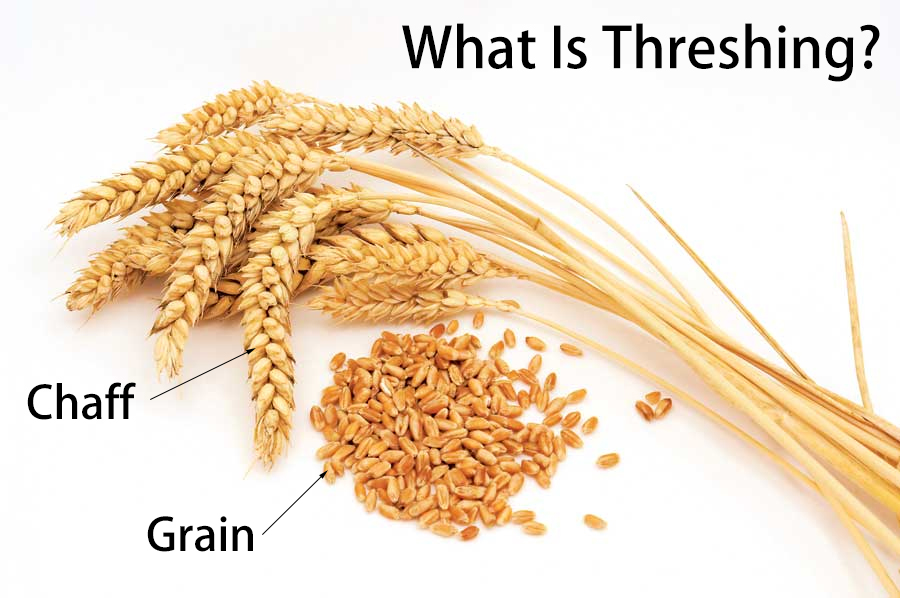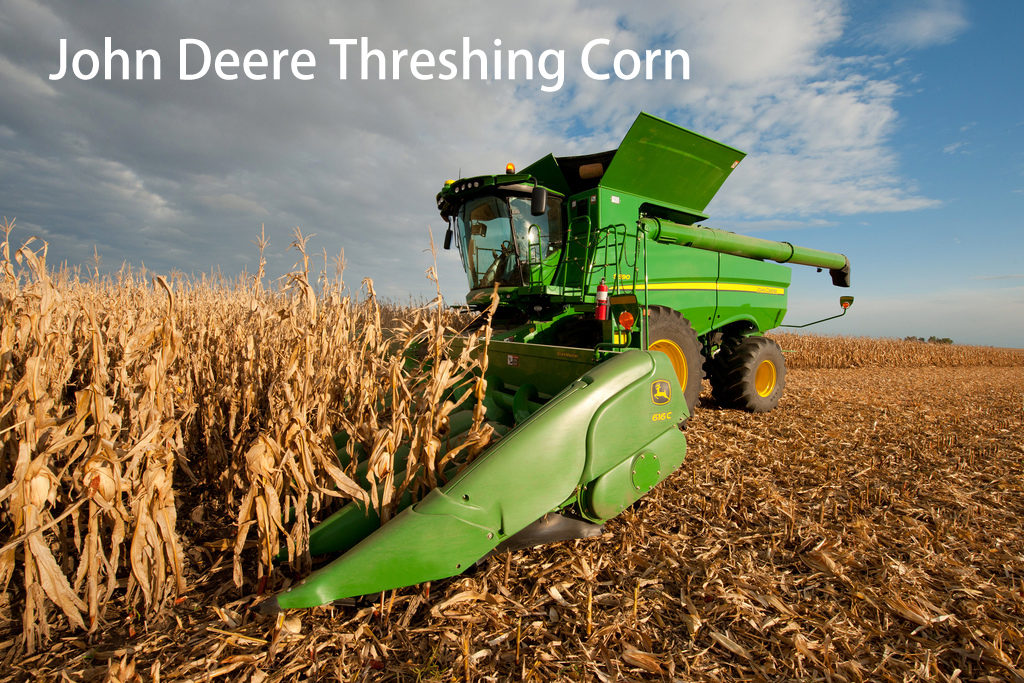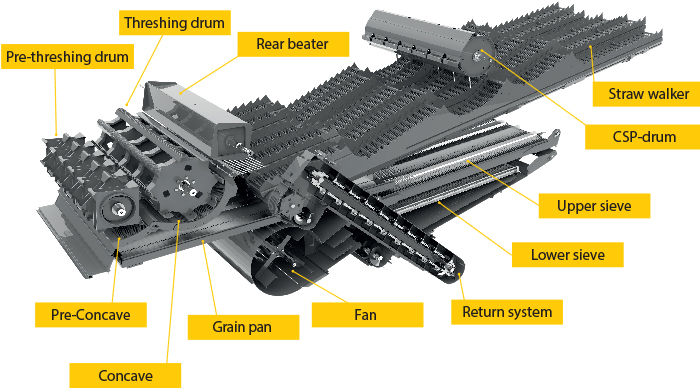What is Threshing?
Agriculture changed everything about humanity and how we lived. It changed our migratory traveling, it changed out health, and it helped us plant the roots to grow our society. Finally, one region could support a group- if you knew how to work the land. It took a long time to figure out things, mostly be trial and error. However, eventually, we learned the secrets to make crop farming work for us. One of those processes that we had to learn is threshing. It can be done in many way, but it is one of the most important steps in the process of crop farming. To appreciate where we are, we have to take a look back at what it is and where it’s been.
What is Threshing?
At its core, threshing is a very simple process. It is the process of separating the edible part of your crop from the chaff that surrounds it, which is not edible. Threshing is just a part of the entire process of harvesting, performed at the end of the harvest. While techniques and technology have varied throughout history, the basic principle of threshing remains the same- agitate the crop, separate the grain from the chaff.
Primitive Threshing and Hand Harvesting
Hand harvesting crop was no easy task, but at one time- it was your only option. In fact, on average, threshing made up roughly 25% of all agricultural labor. Though demanding, many of these traditional live on today. You begin by cutting down the crops, usually the tool of choice is a sickle or a scythe. Harvesting by hand was, and is, dangerous and it is very easy to cut yourself on the sharp edges of your tools- especially as time goes on and you start developing a rhythm and it becomes an automatic action. If you are doing this by hand then you will have to gather up the crops and bundle them into sheaves, which you will tie together. The sheaves will then need to be stacked up into stooks- a loose circular cluster of sheaves set on end. This is so that the crops can dry out, which makes manual threshing much easier.
Threshing was done by beating on the grain with a flail on the thresher floor. Some farmers would opt for making donkeys or oxen walk over the grain to separate it. Of course, this was very labor intensive and time-consuming. In fact it actually took almost an hour to thresh just one bushel of wheat.
Threshing became a social event at harvest time in some areas though, as locals came together for a threshing bee. Everyone would pitch in to get the work done for the season, and it became a huge harvest festival event. A tradition that lives on today, even if threshing isn’t on the list of events anymore.
Modern Harvesting and Threshing
Today, modern farming has come a long way from traditional hand harvesting. The first mechanical thresher known as a was invented around 1786 and became one of the earliest steps in mechanizing agriculture. Threshing machines were one of the first pieces of machinery that many farms had at that time. The new machines simply made the threshing process faster and less labor-intensive.
Eventually, the hand-cutting of the crops was replaced by reaper and binder machines that helped to automate that part of the harvest as well. The industry saw the eventual replacement of these separate machines into a single combine harvester.
Modern combines perform the threshing in one of two ways. Conventional style combines thresh the crops by passing the cut crops through a chamber that depends on agitation to separate the grain and chaff. Gravity then takes the heavier grain and drops it into its own chute. A rotary style combine accomplishes this with a rotating cylinder contraining rasp bars that rub the crop against combine concaves that thresh the crop. One of the upsides to the rotary combine is that it gives the crops many more passes to get threshed than a conventional style combine does, developing a more thoroughly separated harvest. There is much debate on which style is best though, and it largely depends on your needs and your crops.
However, simpler machines and traditional separate reapers and threshers are still utilized in some communities. You will find them largely used in less developed areas, or by small farms that opt to be self-sufficient. The Amish, for instance, still use these traditional devices as well as horse-drawn binders.
Whether you choose to harvest by hand, use simple machines, or employ modern combines- the process of harvesting and threshing really isn’t all that different. Just levels of automation. Whatever method you use, it is all part of the great tradition of farming.



